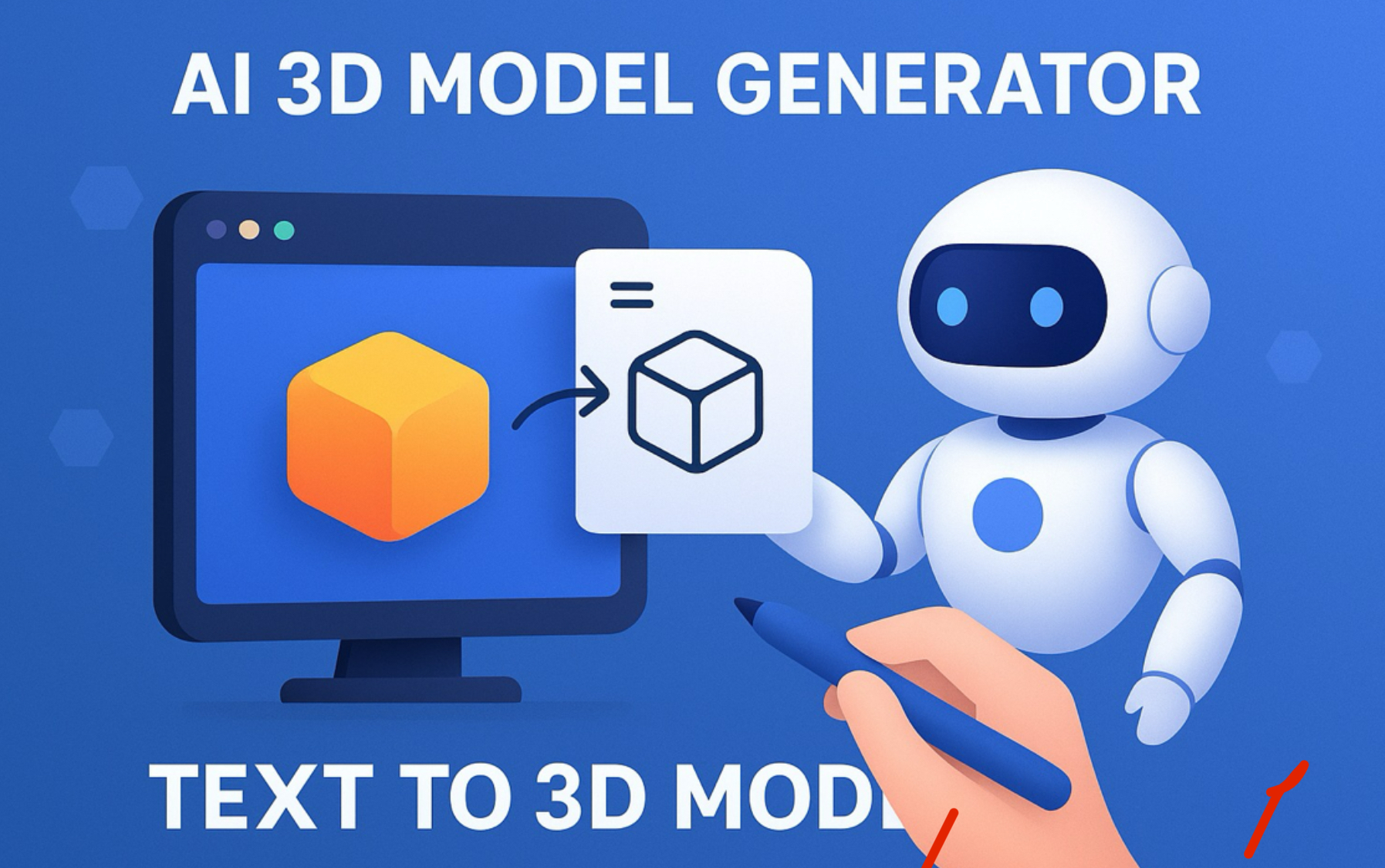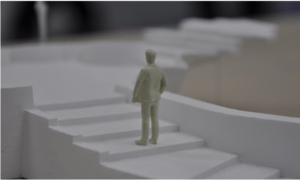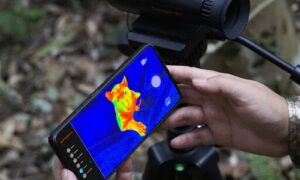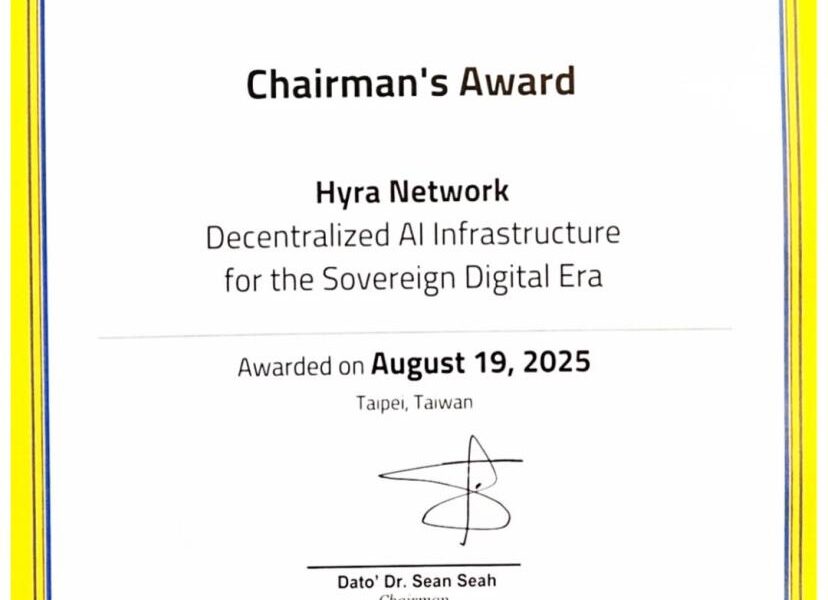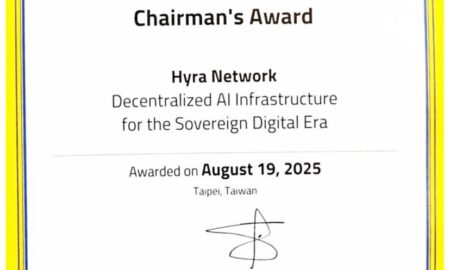The world of 3D modeling has always demanded a unique mix of technical skill, creativity, and time. From gaming and animation to product design and architecture, 3D models play a central role in countless industries. Traditionally, creating these models required specialized knowledge and hours of work. But now, thanks to artificial intelligence, a new approach is revolutionizing the process: AI 3D model generators. One of the most exciting breakthroughs in this field is Text to 3D model AI. Instead of relying on complex software, designers, developers, and even hobbyists can now generate detailed 3D models simply by describing what they want in plain language or by uploading reference images. Companies like 3DAIStudio are pioneering this innovation, making professional-grade 3D modeling more accessible than ever.
What is an AI 3D Model Generator?
An AI 3D model generator is a tool powered by advanced machine learning that transforms text prompts or images into realistic 3D models. Imagine typing a phrase like “a futuristic sports car with sleek curves and neon lights”—and instantly receiving a 3D design ready to use. This is exactly what today’s AI tools are capable of delivering. The main advantage is speed and accessibility. What used to take days or even weeks can now be achieved in minutes, without requiring advanced design knowledge.
How Text to 3D Model AI Works
The process behind Text to 3D model AI combines natural language processing with generative modeling. The AI analyzes descriptive text, interprets context, and then produces a 3D mesh and textures that match the request. Because these systems are trained on vast datasets of objects, they can replicate shapes, styles, and materials with impressive accuracy. Some platforms, such as 3DAIStudio, also allow image-based inputs, where users can upload a sketch, photo, or drawing and have the AI transform it into a corresponding 3D model. This makes the tool highly versatile for designers, developers, and creators who want to quickly test ideas or create prototypes.
3D Models from Images
One of the most powerful features of 3D Models from Images is the ability to create 3D models from images. Instead of starting with a blank canvas, users can upload a photograph, drawing, or even a rough sketch, and the AI will generate a detailed 3D version of it. This is especially useful for product designers who want to convert concept art into models, game developers who need quick prototypes, or educators who want to bring visual references into interactive 3D form. By turning flat images into dimensional objects, companies like 3DAIStudio are making 3D creation more intuitive and accessible for everyone.
Why Businesses and Creators are Embracing It
There are several reasons why professionals are adopting tools like 3DAIStudio. First, it drives efficiency, cutting modeling time from weeks to minutes. Second, it provides ease of use, removing the barrier of needing advanced technical skills. Third, it delivers cost savings, reducing expenses on traditional software and outsourcing. Finally, it offers creative flexibility, letting users experiment with multiple variations of a design in just a few clicks. From indie game studios to product designers, businesses are using AI-powered 3D modeling to speed up workflows and unlock new creative possibilities.
The Future of AI-Powered 3D Design
The future of AI 3D model generators is bright. As the technology advances, models will become even more realistic, customizable, and ready for integration into VR/AR, gaming, e-commerce, and the metaverse. By bridging the gap between imagination and creation, companies like 3DAIStudio are showing us what the next generation of 3D design will look like—faster, smarter, and accessible to all afro tech.
Final Thought
AI is no longer just a support tool—it’s becoming a creative partner. Whether you’re an experienced designer or a newcomer experimenting with 3D, companies like 3DAIStudio are proving that the future of design lies in combining human imagination with artificial intelligence.

